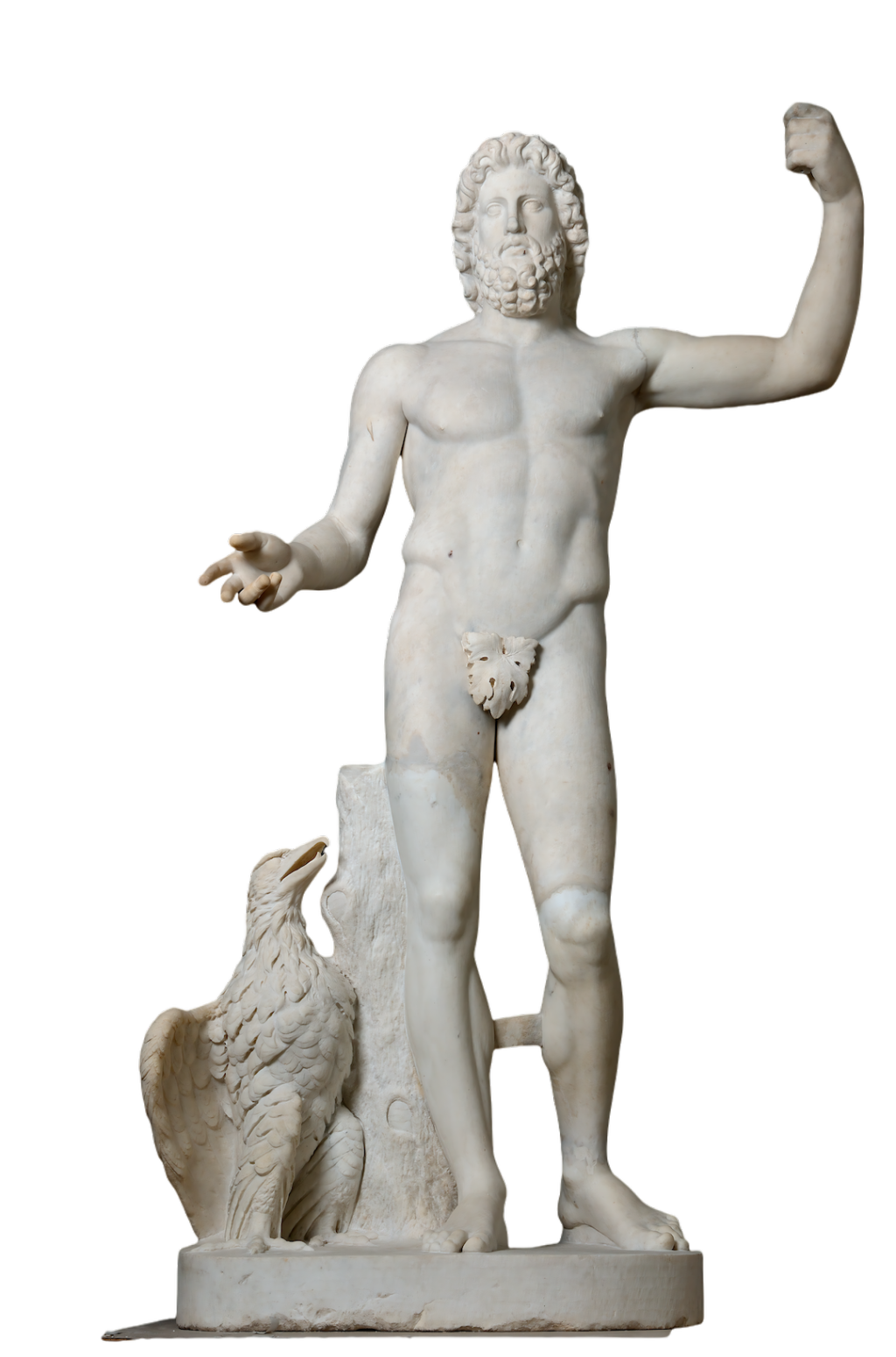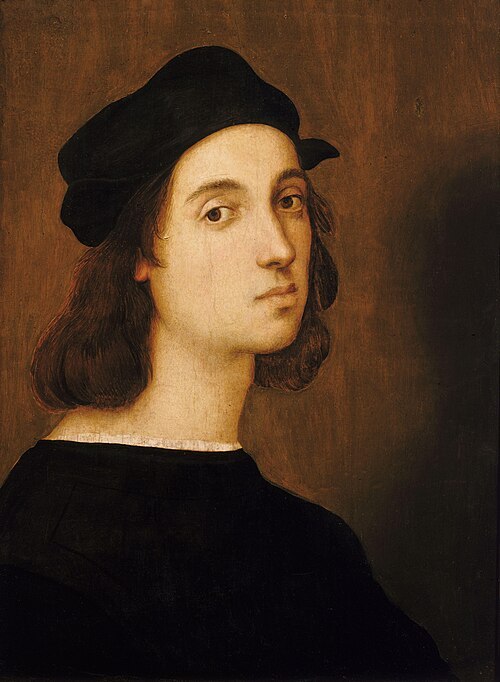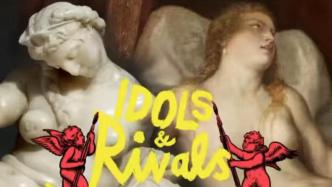
Who can portray an object so vividly, even as if it were real? The ancient Greek painter Zeuxis painted grapes attracting birds; his colleague and rival Parrhasios created a curtain so real that Zeuxis tried to pull it away. The story has been repeated since the Renaissance - antiquity was seen as a model of art.
The Paper has learned that the Kunsthistorisches Museum Vienna (KHM) recently held the autumn exhibition "Idols and Rivals". It tells the story of how artists cooperated and competed with each other in ancient Greece, the Renaissance and the Baroque period, and how they were inspired and transcended from ancient works, thus giving birth to the most famous works in the history of art.
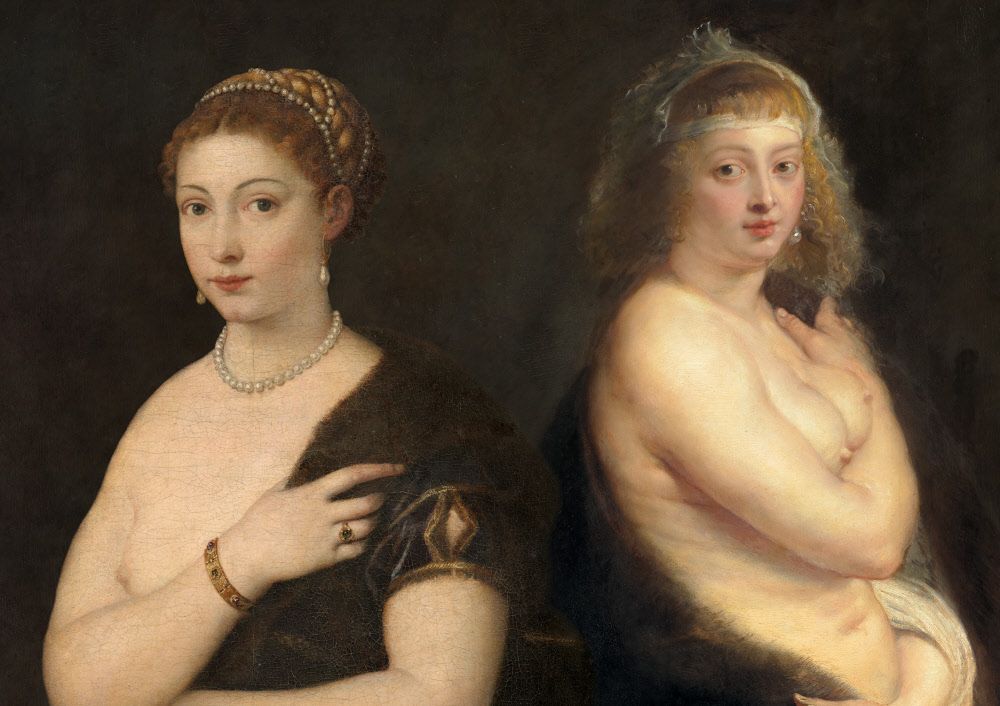
Titian's "Girl in Fur" (left) inspired Rubens 100 years later to create "Little Fur" (right).
Paul Sartre once said that Titian was Tintoretto's main inspiration. In fact, the latter wrote a sentence on the wall of his studio to define his practice - "Michelangelo's paintings, Titian's colors." This is not only the goal of his art, but also a rivalry .
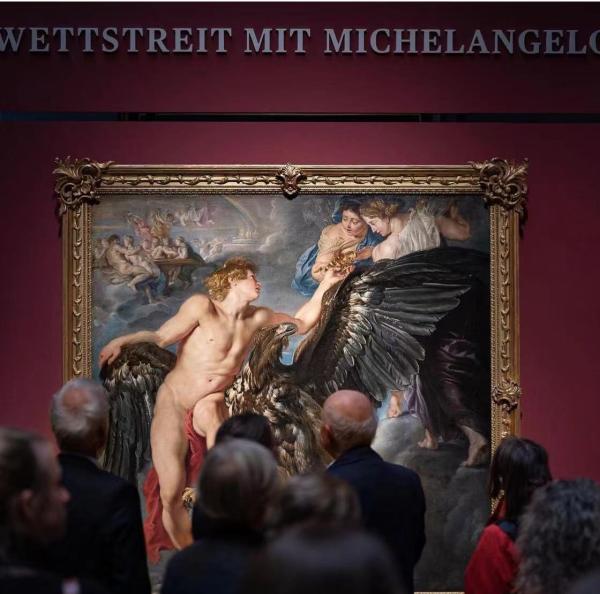
At the exhibition site, Rubens' work "The Robbery of Ganymede" inspired by Michelangelo.
From competitions between ancient Greek sculptors, to artistic rivalries that sometimes ended in tragedy during the Renaissance; from competing commissions to masters who tried to imitate the past; from debates about the value of different art mediums to academic awards… the rivalry between artists It has been the driving force of artistic practice since ancient times.
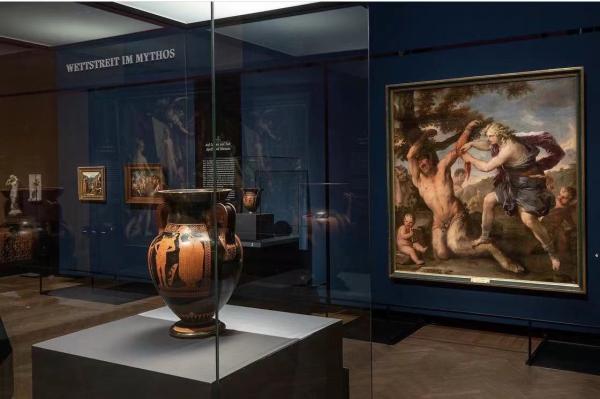
exhibition site
In the 5th century BC, Euthymides (one of the finest vase painters of 500 BC) proudly signed his name on a freshly completed Attica red painted amphora. On the back, he writes "Because Euphronios will never [paint it]." He claims to be better at his craft than Euphronios, but the latter is clearly at the helm of Athenian vase painting status. But in sculptural quality, Euthymides does surpass his rivals.

Euthymides, ancient Greek Attica red painted amphora (front and back), 510-500 BC, height 60cm, collection of the Ancient Sculpture Exhibition in Munich, Germany
Three larger-than-life marble sculptures from the Vatican Museums in the exhibition's ancient halls recreate a sculpture competition from 430 BC. The best sculptors of ancient Greece at the time were proud to have created a statue of a wounded Amazon for the Temple of Artemis at Ephesus (present-day Ionia, Turkey). Including the most famous sculptors at the time, Phidias, Polyklet, and Kresilas, all participated, and a jury was formed to find the best. In this competition, Polycrite came out on top, the original bronze version of the sculpture no longer exists, and the three second-century Roman replicas in the exhibition stand side by side on pedestals, allowing viewers to re-examine with a contemporary perspective.
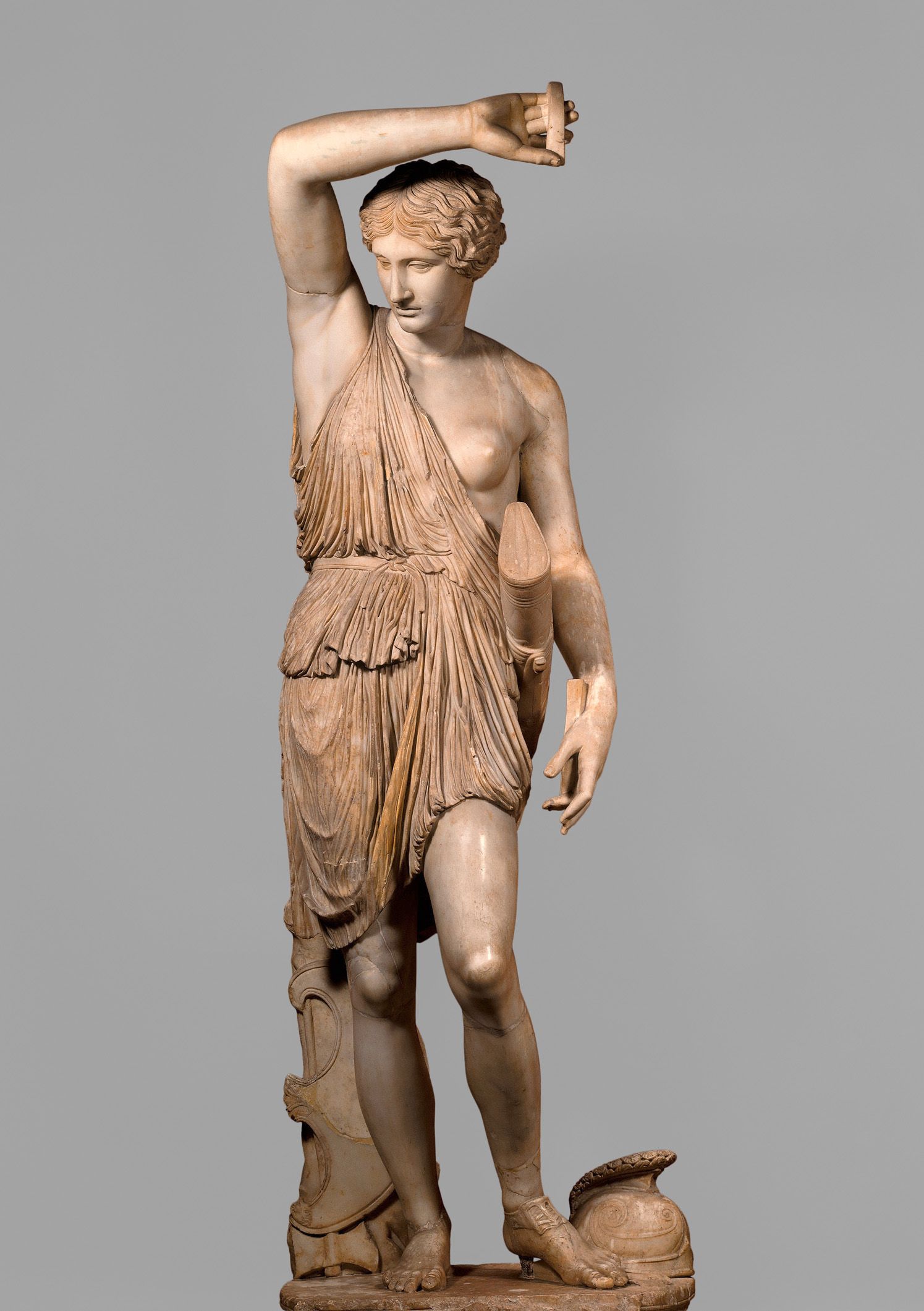
Roman copy of Phidias' work, marble, 211 cm high, in the collection of the Vatican Museums
"Paragon" from the Renaissance
Renaissance and Baroque artists borrowed from the ancient culture of competition, when there was a rivalry known as the "paragone". In 1515, Pope Leo X commissioned the young Raphael to design 10 tapestries for the Sistine Wall. Knowing that the tapestry would hang directly below the ceiling painted by Michelangelo, Raphael worked his way up to new heights of creativity. It is also this "paragon" that inspired the painting geniuses of the 16th century to improve their skills and gave birth to many works of art that have been handed down to later generations. This is why some humanists see this competition as the driving force of cultural progress. But whether or not Titian was jealous of Tintoretto's abilities, and how much reverence Rubens imitated Titian, the "Holy Michelangelo" has been the ultimate example for contemporary artists and later followers.
The rivalry of the Renaissance can be traced back to 1401, when a bronze double-door competition was held at the north gate of the Florence Baptistery.
Dawn of a new era: Brunelleschi vs. Ghiberti
While such games were not uncommon at the time, the game is considered a classic. There were many artists who entered the competition, and the initial seven artists included Donatello, Brunelleschi, Jacopo della Quercia (designer of the Fountain of Joy in Siena) and 21 Fiorentina Lorenzo Ghiberti, aged 18, eventually Brunelleschi and Ghiberti were selected for the final. The jury of 34 declared Ghiberti the winner, whose work was deemed more balanced and saved about 7kg of bronze material. Almost all Renaissance art history cites this event as its founding moment.
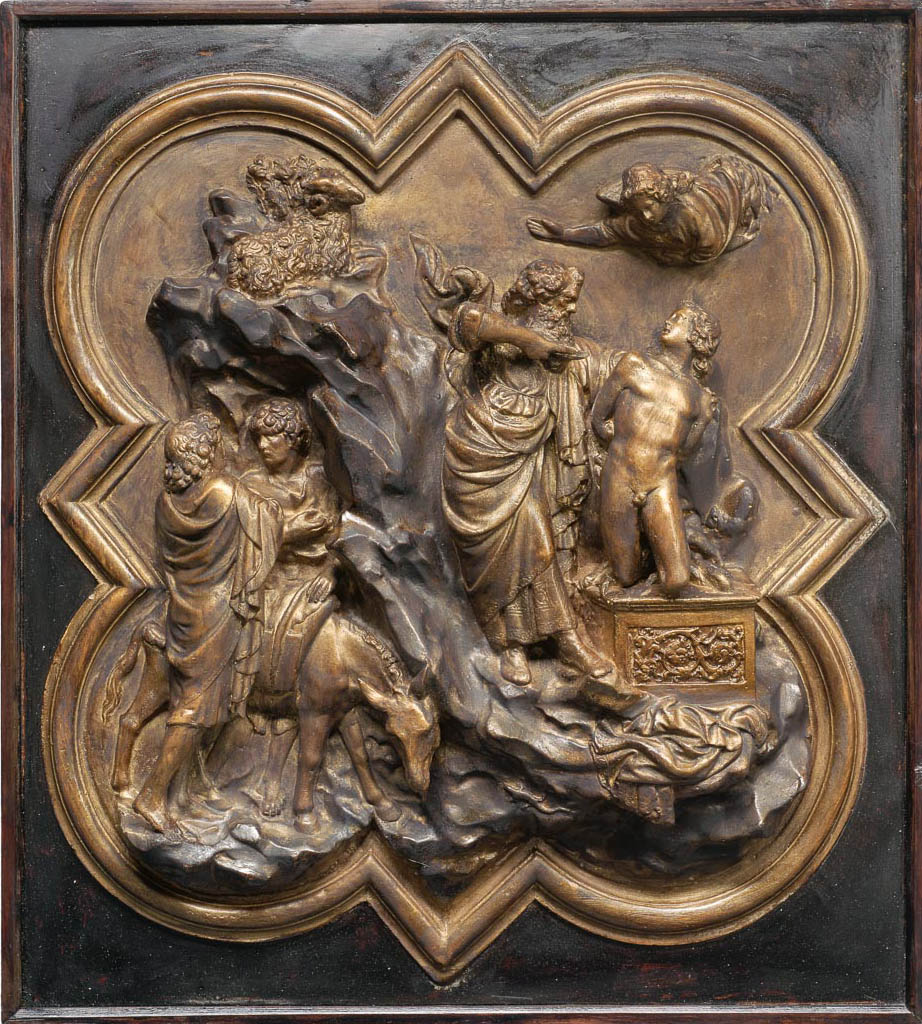
Ghiberti, The Sacrifice of Isaac, 1401, bronze, 45×38cm, Museo del Bagello, Florence

Brunelleschi, The Sacrifice of Isaac, 1401, bronze, 41×36cm, Bargello National Museum, Florence
Clash of the Giants: Leonardo da Vinci and Michelangelo
In 1503, the Republic of Florence commissioned Leonardo da Vinci and Michelangelo to paint a famous battle for each of the Great Chambers of the Palazzo Vecchio. Leonardo da Vinci painted "The Battle of Angeli", Michelangelo painted "The Battle of Cassina", Leonardo da Vinci first marked the sketches on the walls of the Palazzo Vecchio. Michelangelo regarded it as a rare opponent in his life, and after looking at Leonardo da Vinci's sketches, he pondered the idea of the Battle of Cassina. But when Michelangelo was racking his brains to compete with Da Vinci, Da Vinci took the time to help Florence design water conservancy projects. This competition is more like Michelangelo's one-sided obsession.
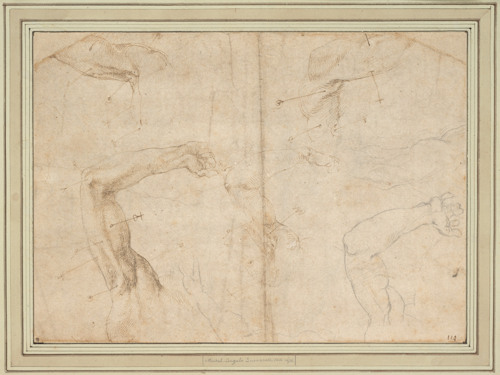
Michelangelo, Study of the Raised Arm, circa 1504, pen and brown ink, pastel, 226 x 315 mm, in the collection of the Albertina Museum, Vienna
However, neither of the frescoes was completed. After Michelangelo completed the sketch, he was summoned by the Pope to Rome to build a tomb for him. Da Vinci tried a new wax material, which was later melted and deteriorated, and was discussed by the Florentine people, and he left his hometown again. After that, the two never saw each other again. The surviving copy may suggest whose work is more perfect.
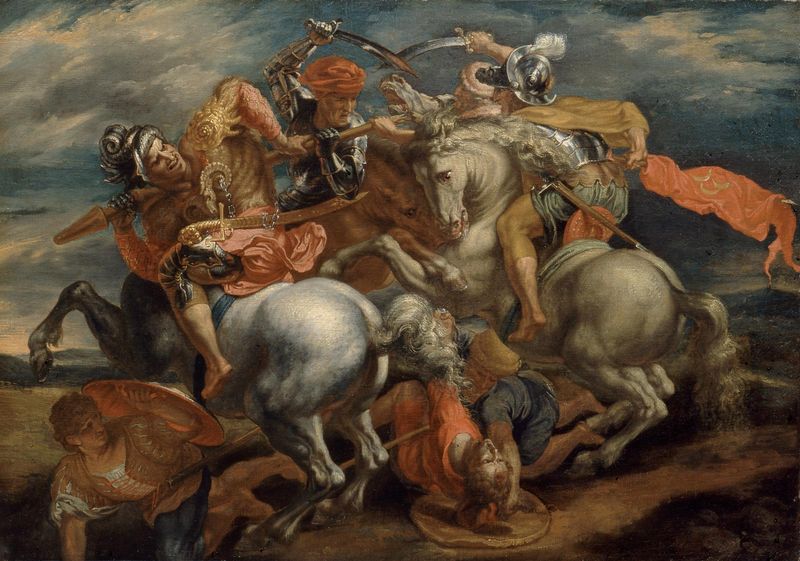
Rubens imitating Leonardo da Vinci, "The Battle for Morality", circa 1605, canvas, 82.5×117cm, in the collection of the Vienna Academy of Fine Arts
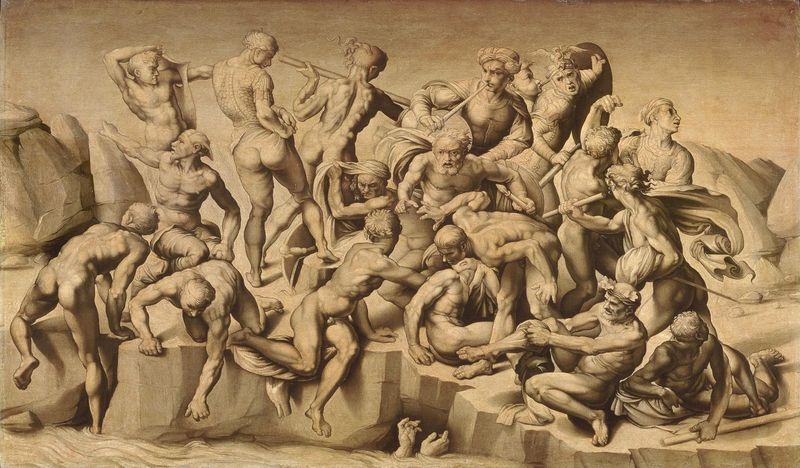
Bastiano da Sangallo (named after Michelangelo Buonarroti), The Battle of Cassina, circa 1542, wood panel, 77 × 130 cm, Earl of Leicester and Hall Cam Manor Collection
Florence: the game in the square
Even today, Piazza della Signoria is a competitive arena. With virtuosity, Benvenuto Cellini's Perseus and Medusa was unveiled in Florence in 1554, beside Donatello and Michelangelo . In his autobiography, Benvenuto Cellini wrote that he planned to "kill all my enemies" with the sculpture. He singled out his arch-rival Bandinelli, saying "he was standing in the square with a group of Hercules."
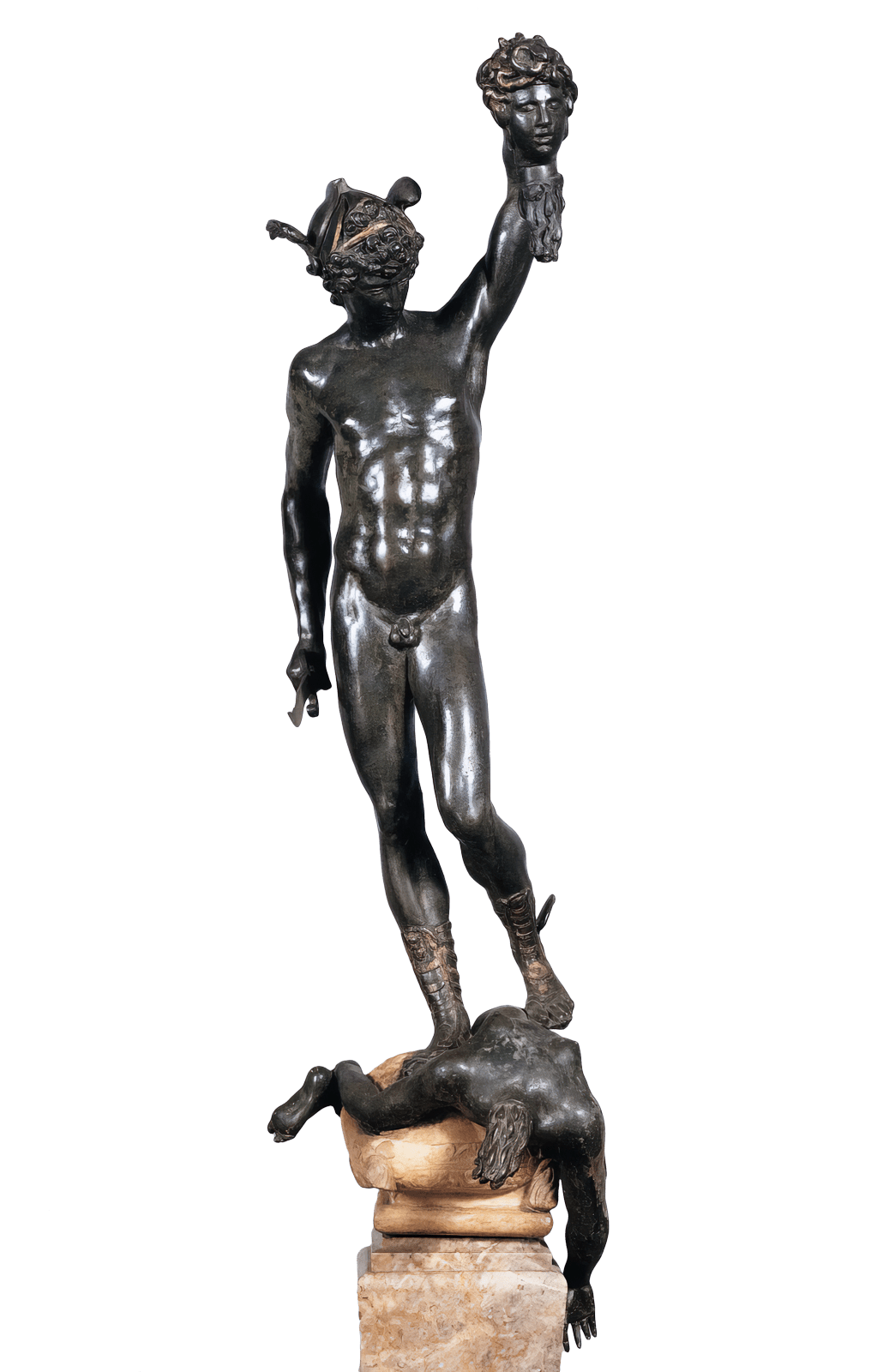
Benvenuto Cellini, Perseus and Medusa, 1545-1549, partially gilded bronze, height 85.5 cm, Bargello National Museum, Florence
Which art is better, painting or sculpture?
In 1547, the humanist Benedetto Varchi launched an investigation into which art was better. Eight artists wrote back. Sculptors believed that sculpture could be viewed from all angles. But Lorenzo Lotto proved that painters can also depict subjects from multiple angles. A later generation, Marten Jozef Geeraerts, used technology to prove that painting imitates sculpture more than sculpture.
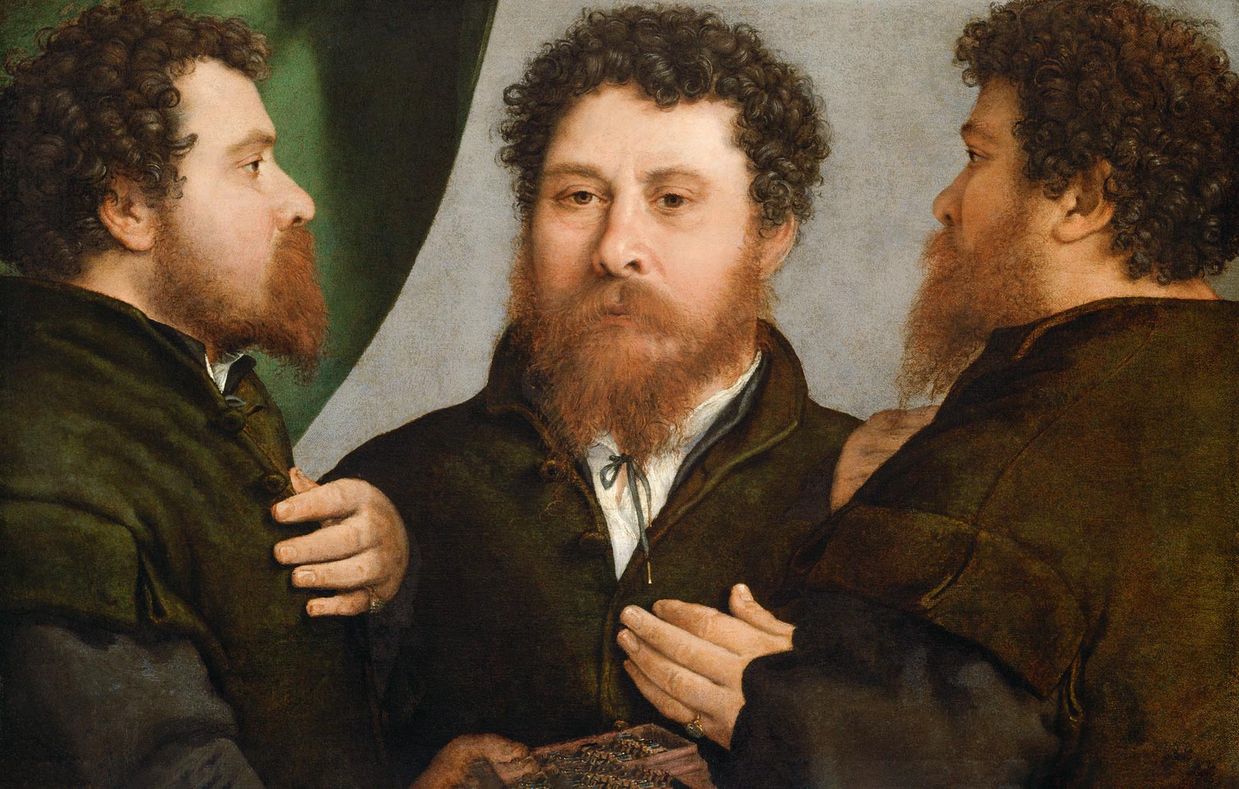
Lorenzo Lotto, Gold Smith from Three Angles, 1525/1535, canvas, 52 × 79cm, Kunsthistorisches Museum, Vienna
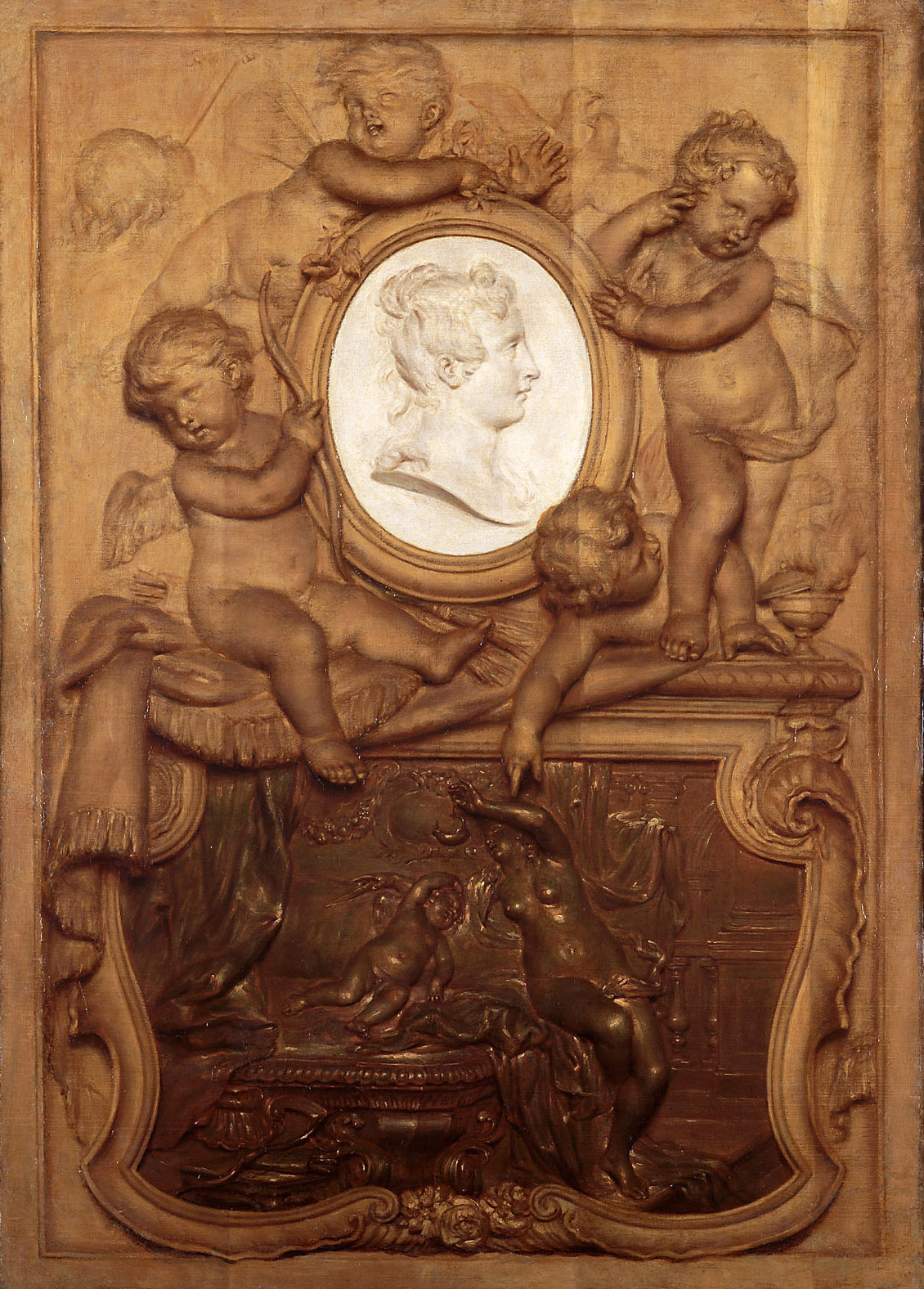
Martin Josef Girardz, "Relief of Love and Spirit", 1755, oil on canvas, 101×73cm, Kunsthistorisches Museum, Vienna
Jealousy and respect among artists
Deadly rivalry: the murder of Domenico Veneziano by Andrea del Castagno
While artistic competition can inspire, it can also foster jealousy and malice. Vasari records how Castagno, out of jealousy, won the trust of his opponent, lured Veneziano into a hidden place and killed him. Now we know that Vasari's record is wrong, as Castagno died of the plague in 1457 and Veneziano four years later in 1461. However, the term "Murderer Castagno" was widely circulated at the end of the 15th century.
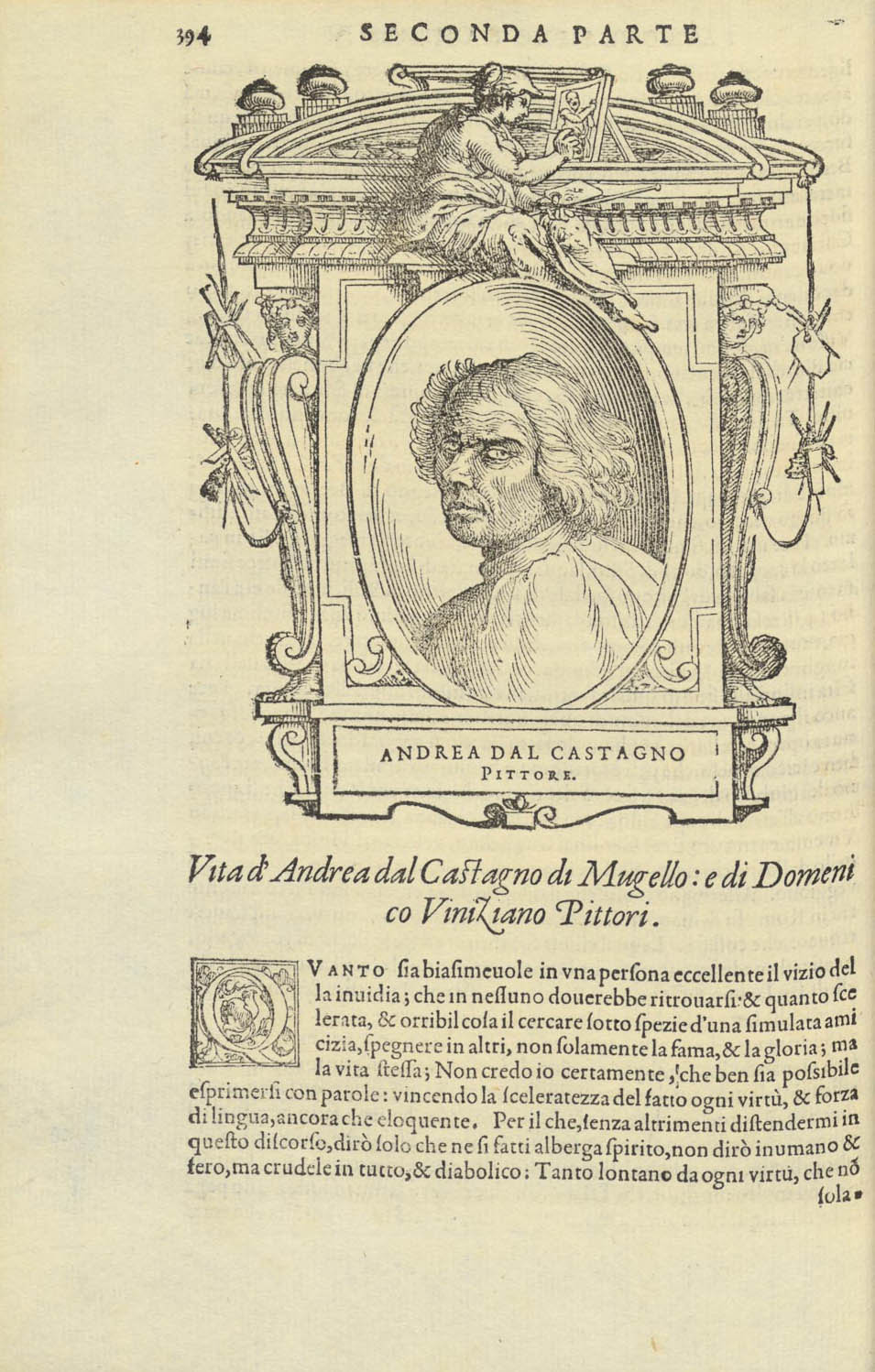
Vasari, Portrait of Castagno, 1568, woodcut, collection of the Austrian National Library, Vienna
Respect and Recognition: Sofonisba Anguissola & Lavinia Fontana
In 1578, Lavinia Fontana was asked to create a small self-portrait, which was published alongside Anquessola's Self-Portrait. The young Fontana expressed his high respect for Anquessola by creating reflections. In a letter, she humbly wrote that Anquessola's art "can be displayed to a greater extent in its splendor" when placed alongside her own.

Anquisola, "Self-Portrait", 1554, poplar wood panel, 19.5×14.5cm, Kunsthistorisches Museum, Vienna
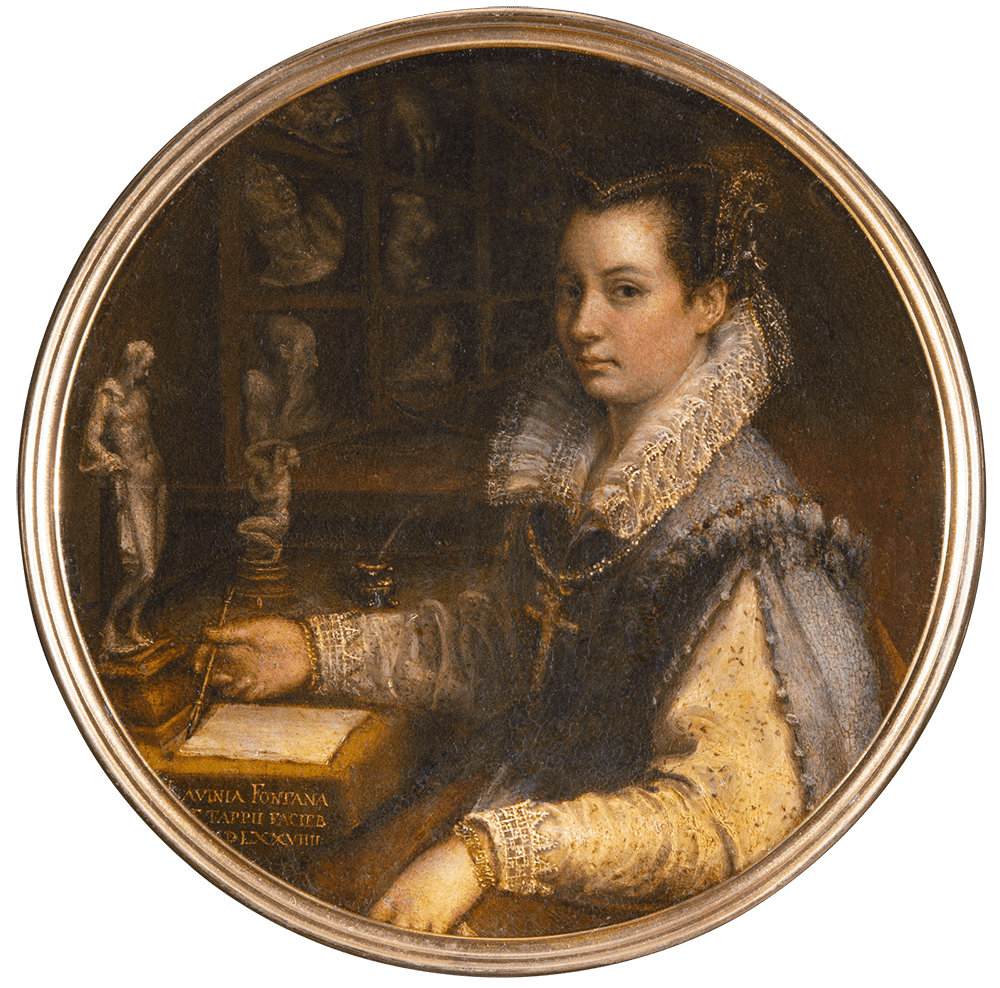
Fontana, "Self-Portrait", 1579, bronze, diameter 15.7cm, Uffizi Gallery, Florence
Beyond Copy: Michelangelo and Rubens
Vasari urged future generations to "copy Michelangelo in every way." Rubens was one of several painters who rose to this challenge. But Rubens is not just imitation, but creative refinement - for "competitive emulation" (aemulatio) and "transcendence", Rubens produces powerful works full of allusions.
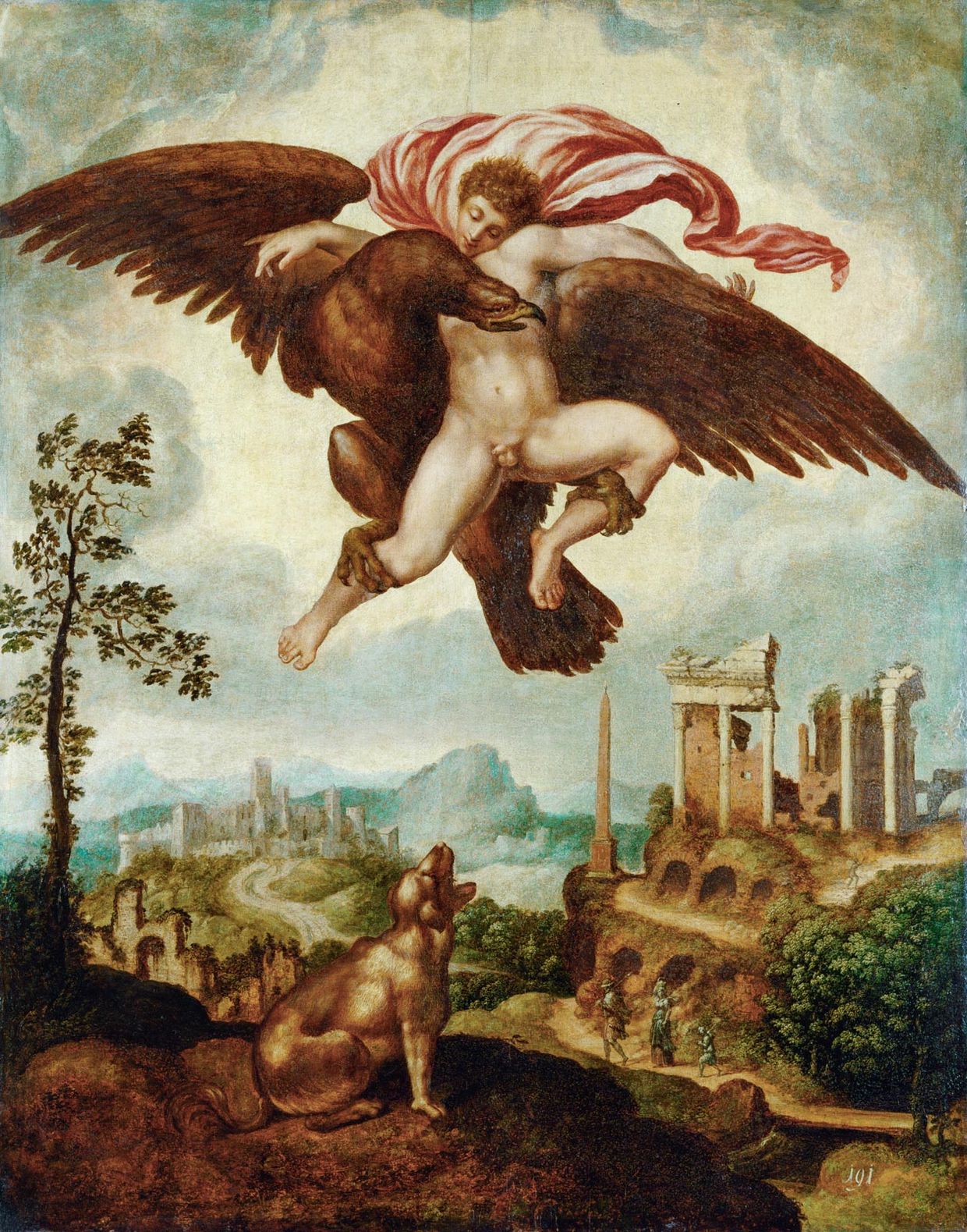
Imitation of Michelangelo, The Seizure of Ganymede, 1575/80, wood panel, 96.5 × 75.3cm, Kunsthistorisches Museum, Vienna
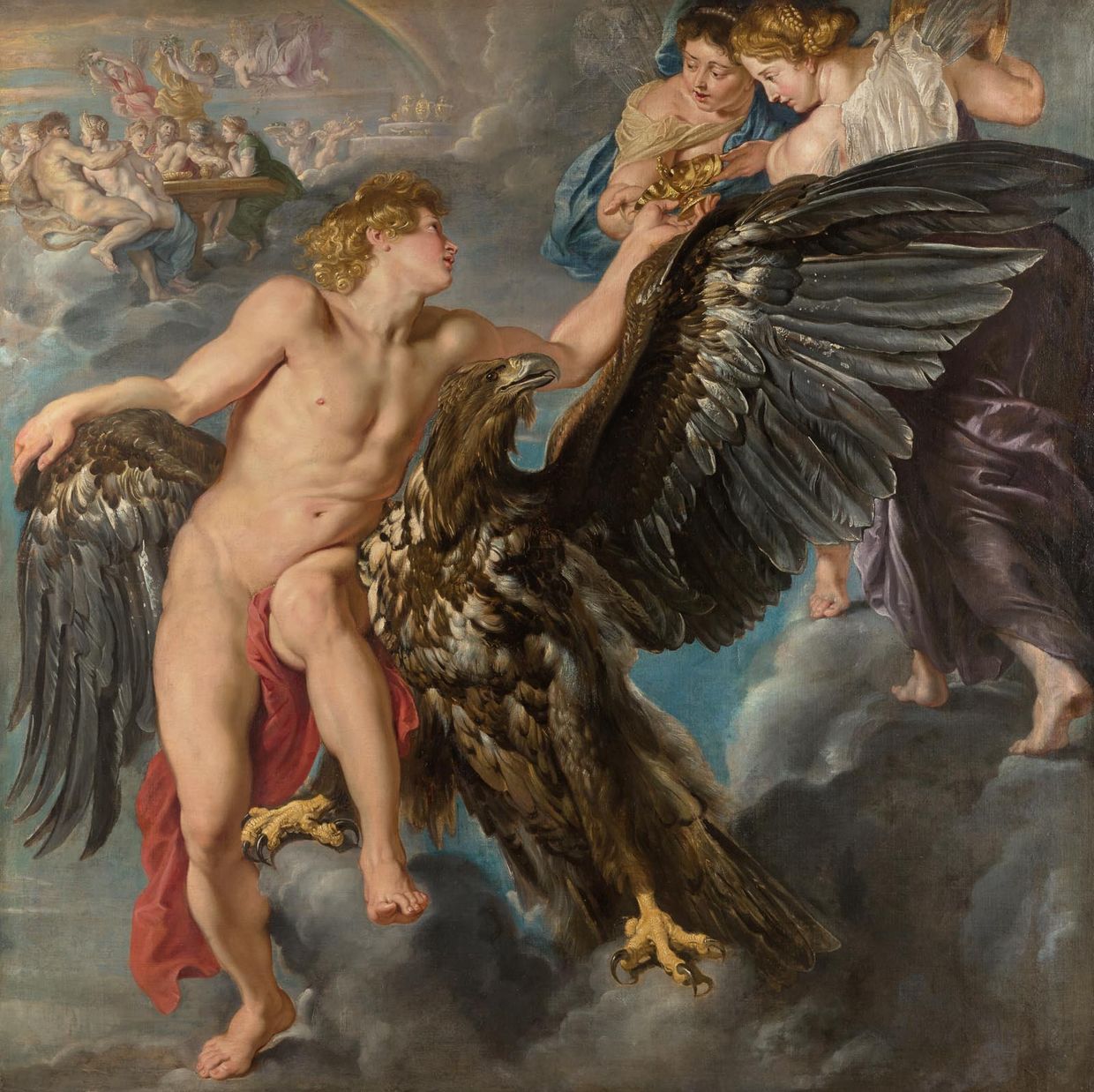
Rubens, The Seizure of Ganymede, 1611/12, canvas, 203 × 203cm, Prince Vaduz Collection, Vienna
Teacher and Student: Rubens vs Van Dyck
Although he studied with Rubens for just over two years, the apprentice Van Dyck was able to imitate his teacher's painting style perfectly. Compared to Rubens, his brushstrokes are looser and freer. At the age of 21, Van Dyck left Antwerp for London and began to go his own way, but Rubens' influence on the young painter is indelible.
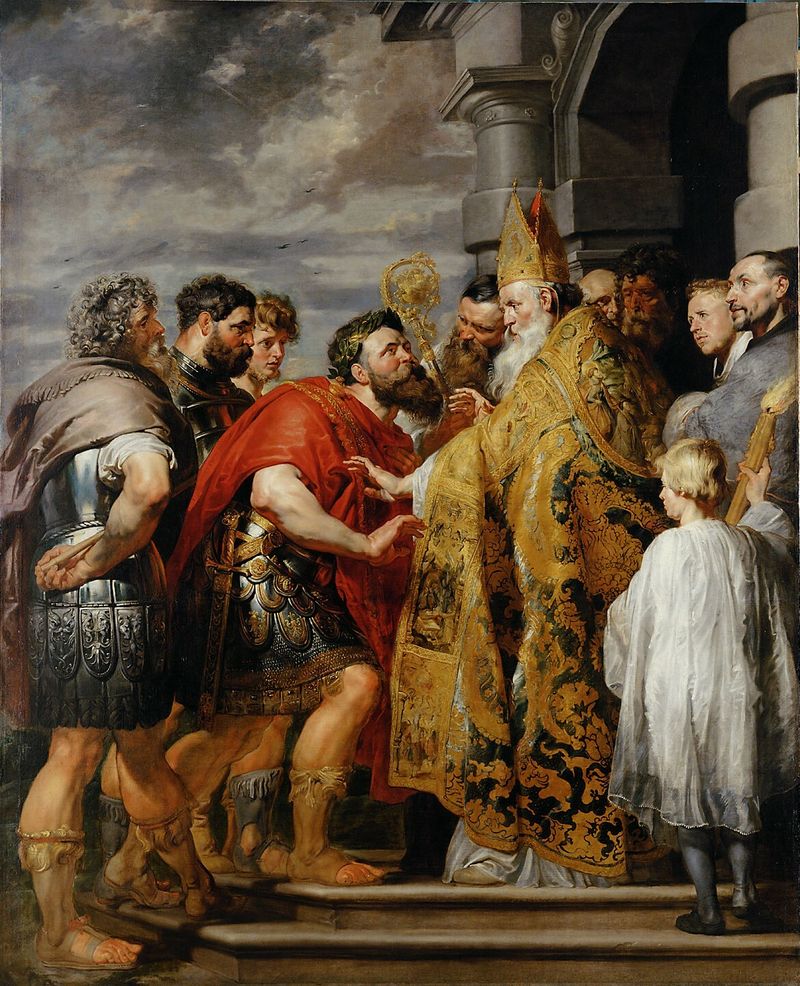
Rubens & Van Dyck, St. Ambrose and the Emperor Theodosius, circa 1617, canvas, 308×248.5cm, Kunsthistorisches Museum, Vienna
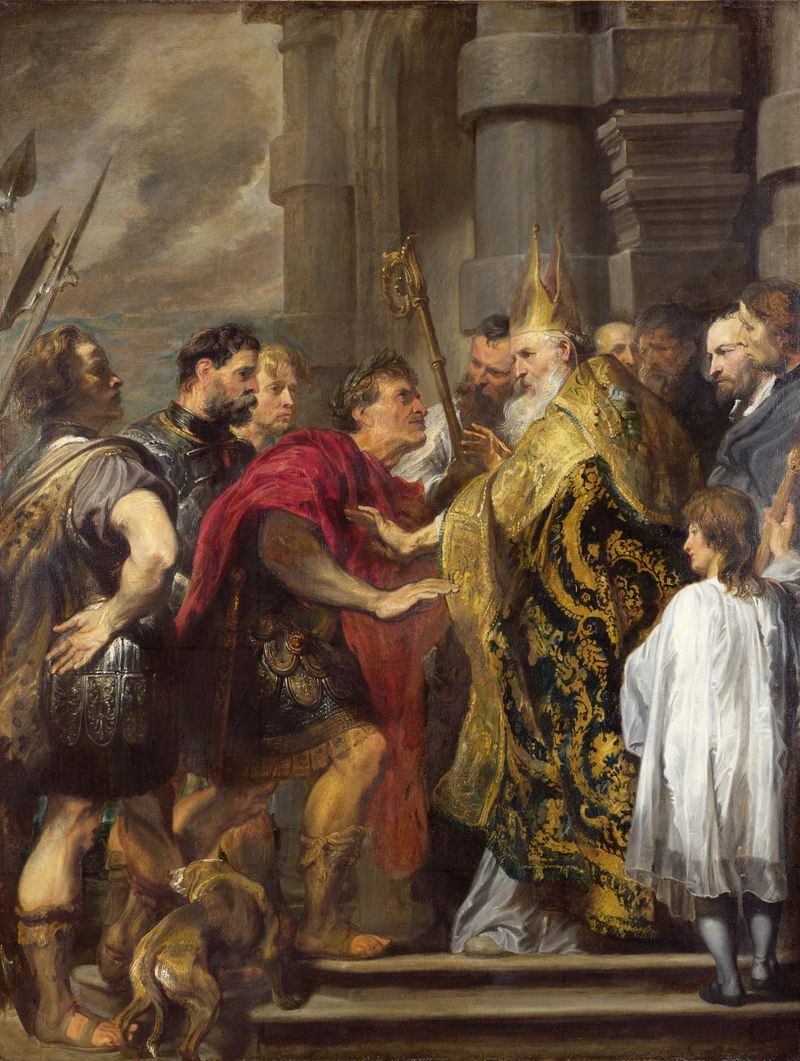
Van Dyck, St. Ambrose and the Emperor Theodosius, 1618/19, canvas, 149×113.2cm, National Gallery, UK
collaboration of painters
For Medusa, Rubens decided to collaborate with the animal painter Frans Synders, who painted snakes. But Rubens also took on Leonardo da Vinci and Caravaggio, both of whom famously portrayed the subject.
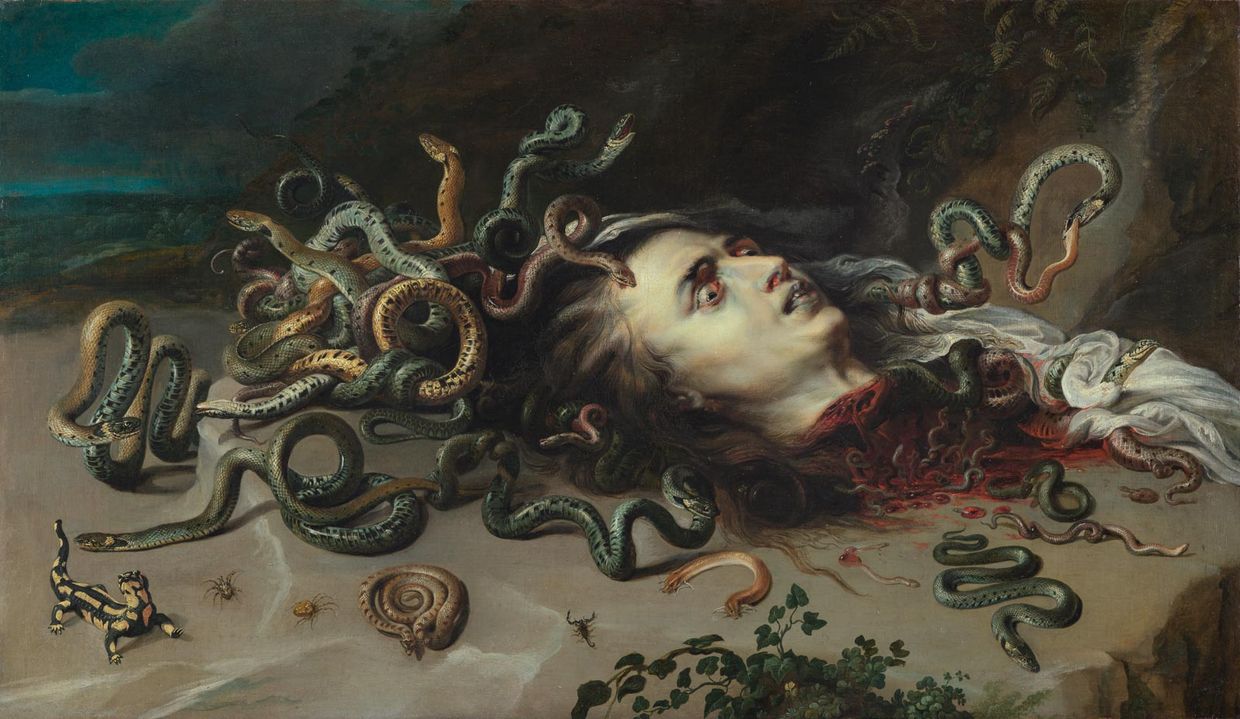
Rubens and Studio, The Head of Medusa, 1612/13, canvas, 68.5 × 118cm, Kunsthistorisches Museum, Vienna
Academy and Salon: From Competition to Exhibition
In the 17th century, painting competitions organized by the academies began in Rome and Paris, then went to Vienna, and then swept across Europe. The competition generally stipulates the theme, and the winners have earned their reputation in addition to prizes and opportunities to study abroad. In public exhibitions (salons), works are mostly displayed in a dense manner - at this time art critics have joined the track, and the salon exhibition is also a lively social event.
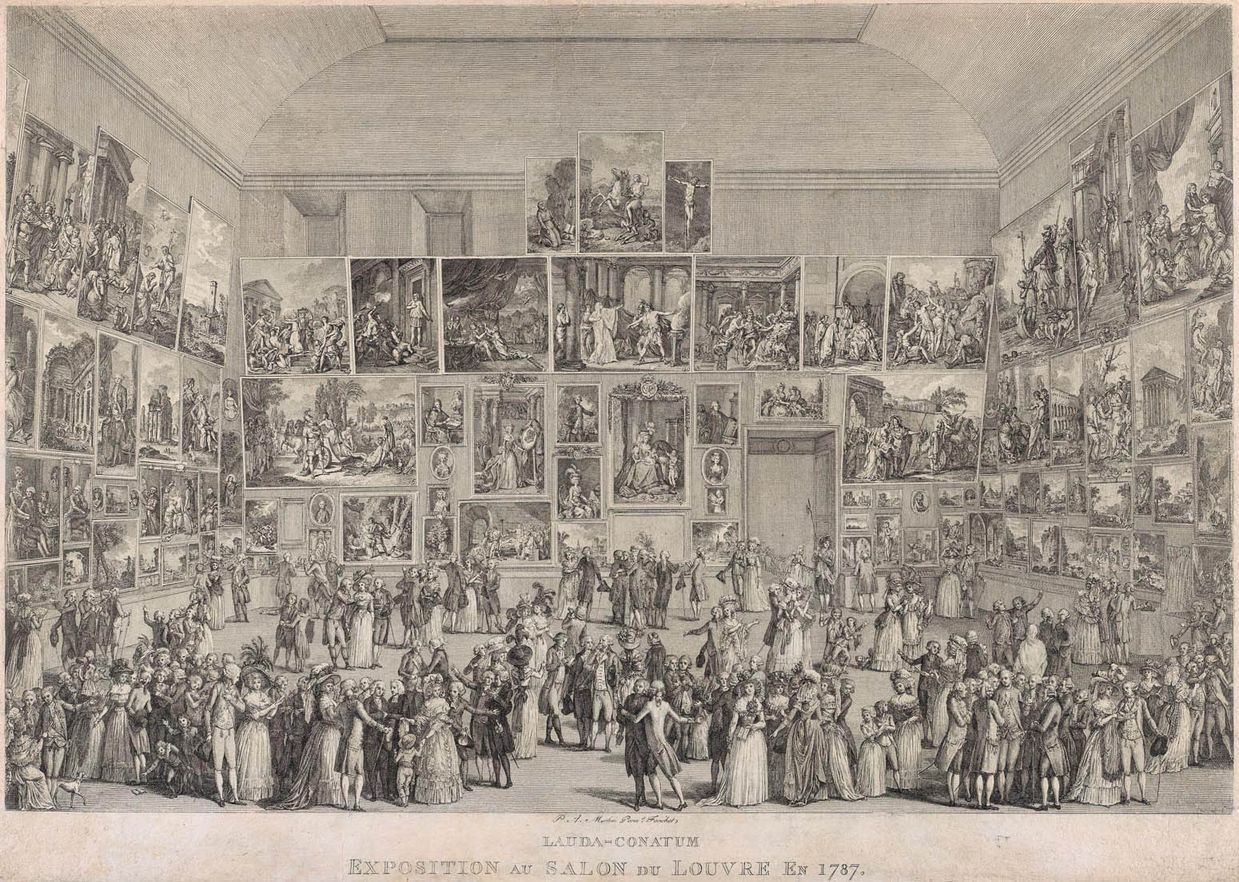
Pietro Antonio Martini, "Exhibition at the Louvre Salon", 1787, etching, 356×502mm, Metropolitan Museum of Art, New York
Fighting for attention: Vernet vs. Loutherbourg
The Paris Salon of 1771 featured so many works that artists had to come up with strategies for attracting public attention—such as depicting thrilling shipwreck scenes.
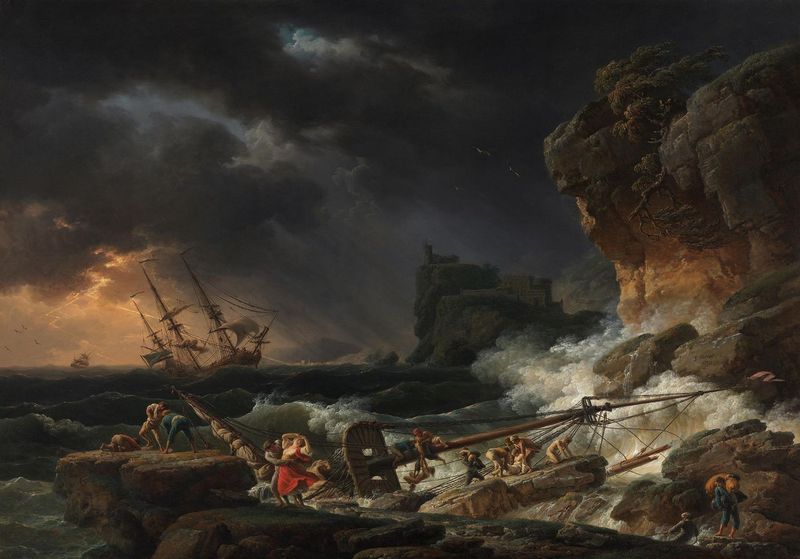
Claude-Joseph Vernet, Shipwreck in a Thunderstorm, 1770, canvas, 114.5 × 163cm, Kunsthalle Munich
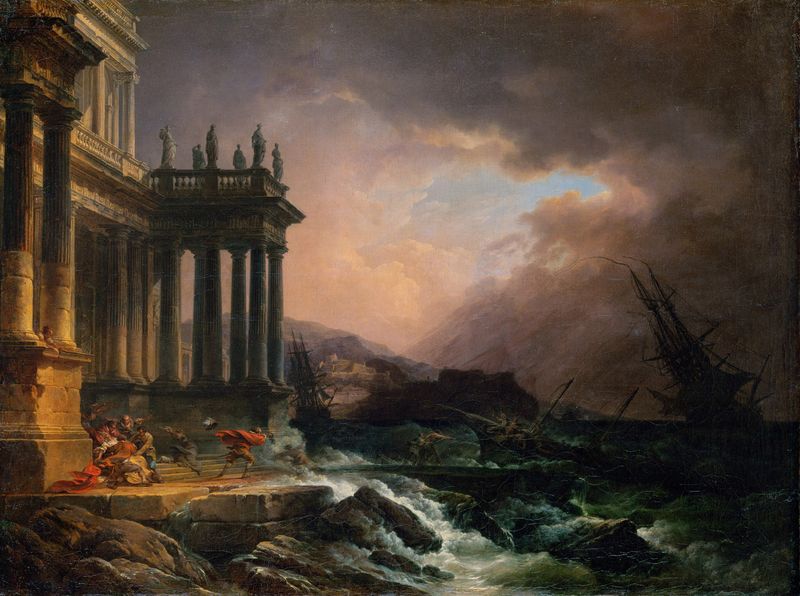
Loutaire, "Storm in the Harbor", 1771, canvas, 98×130cm, Kunsthistorisches Museum, Vienna
Prix de Rome: Joseph Benoît Suvée & David
In 1663, the Grand Prix of Rome was created during the reign of Louis XIV. At that time, the award was strictly selected by the Royal Academy of Painting and Sculpture of France among its students. There were four places, respectively, for the most outstanding participants in painting, sculpture, architecture and art medals. The winner will be able to travel to Rome, live in the famous Medici villa for three years, and be mentored by famous Italian artists. And all the expenses of the winners during their stay in Rome shall be borne by the King of France.
In 1771, at the Rome Prize of the French Academy in Paris, Jacques-Louis David, who was only 23 years old at the time, was full of expectations for the prize, but lost to the older painter Souvy. The Rome Prize lasted for more than 300 years, until 1968, when the prize was selected for the last time. The competition in the field of art continues to this day.
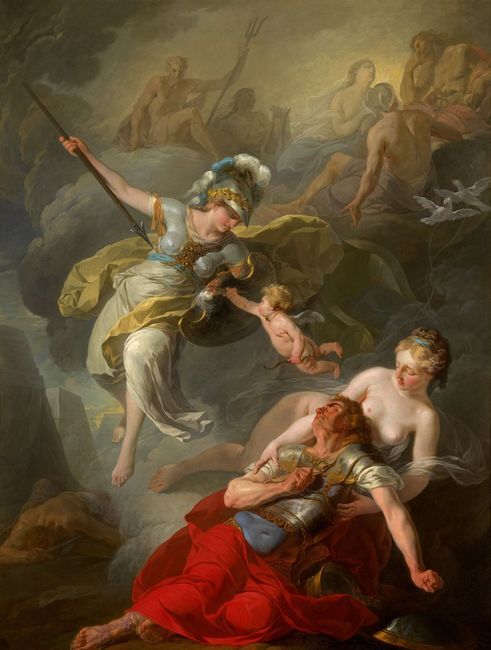
Soviet, The Battle of Mars and Minerva, 1771, canvas, 143 × 109.5cm, Palais des Beaux-Arts, Lille, France
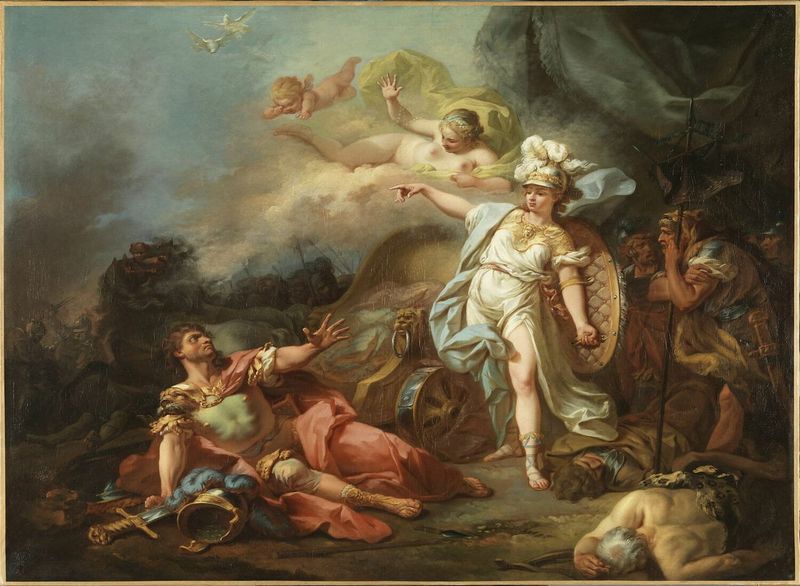
Jacques-Louis David, The Battle of Mars and Minerva, 1771, canvas, 114 × 146.8cm, in the collection of the Louvre Museum
In ancient Greece, voting was carried out using fragments of pottery or pebbles. In the exhibition, an "Ancient Greek Attica Red Painted Bowl" shows the stone used to determine where Achilles' weapons would go after his death - whether it was for Ajax or Odysseus. Even into the 18th century, beans were used to vote. For example, at the Academy of Fine Arts in Paris, white beans and black beans are used to make various decisions, and the exhibition at the Kunsthistorisches Museum in Vienna is also like a vote to see the "Idols and Rivals" from centuries ago in contemporary eyes level of achievement.

The collaboration between Duris and the potter, ancient Greek Attica red painted bowl, circa 490 BC, in the collection of the Historical Museum, Vienna
Note: The exhibition will last until January 8, 2023. This article is compiled from the website of the Kunsthistorisches Museum Vienna and reports from the Austrian "Standard".
